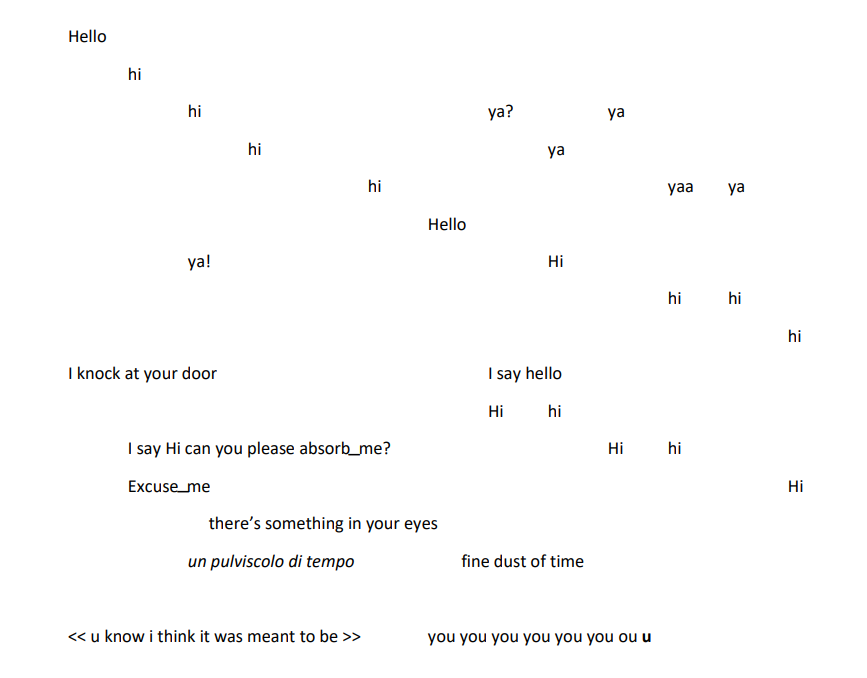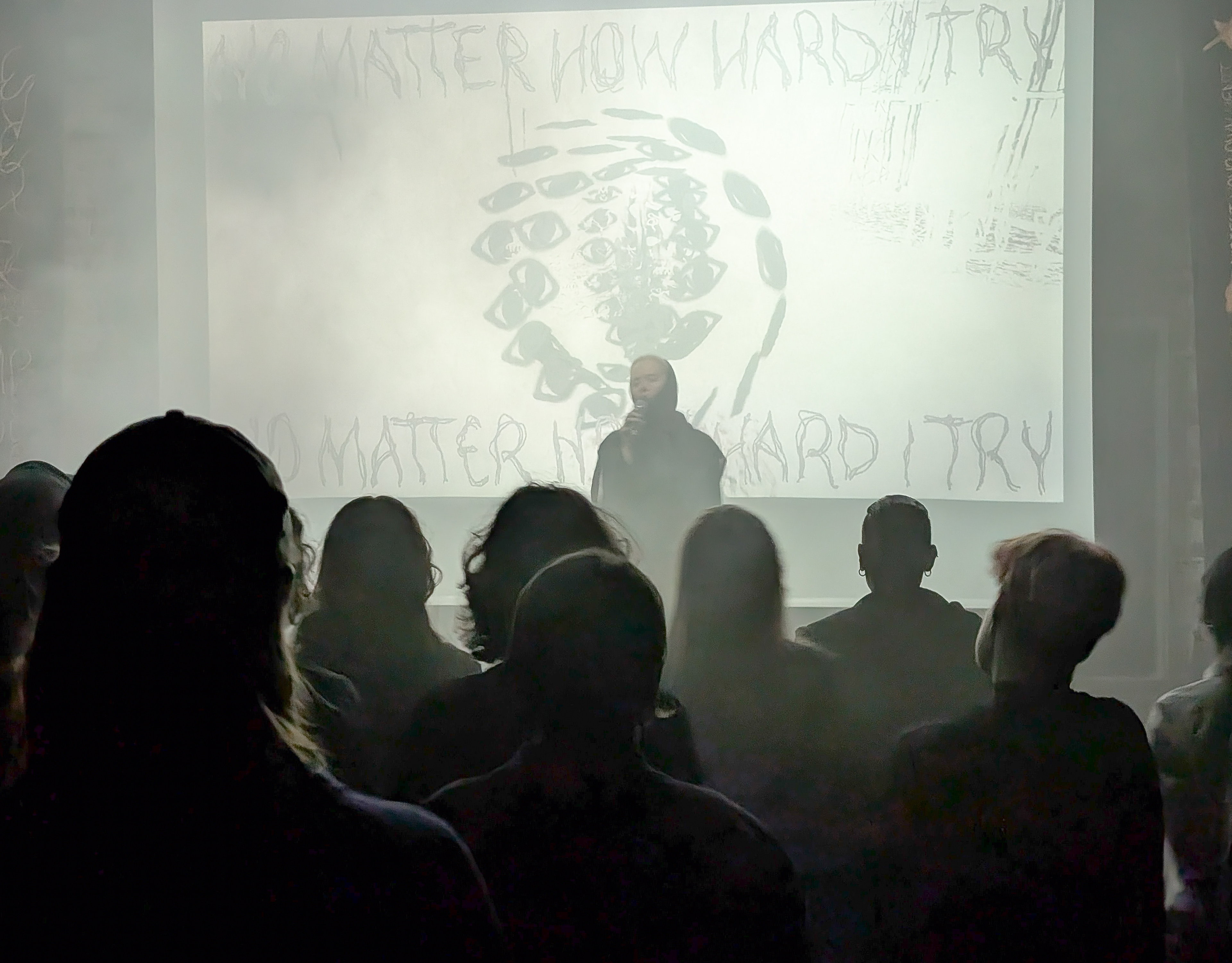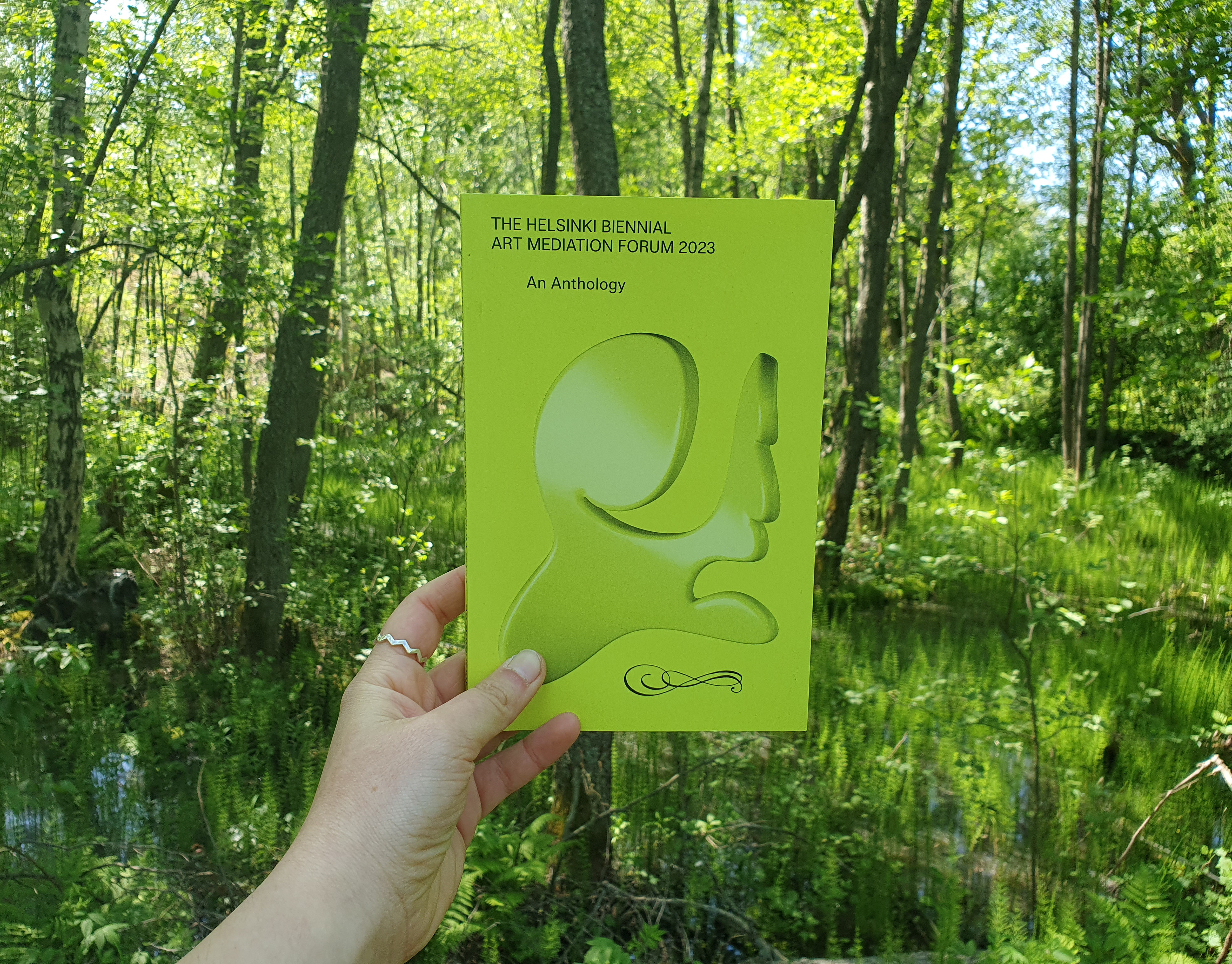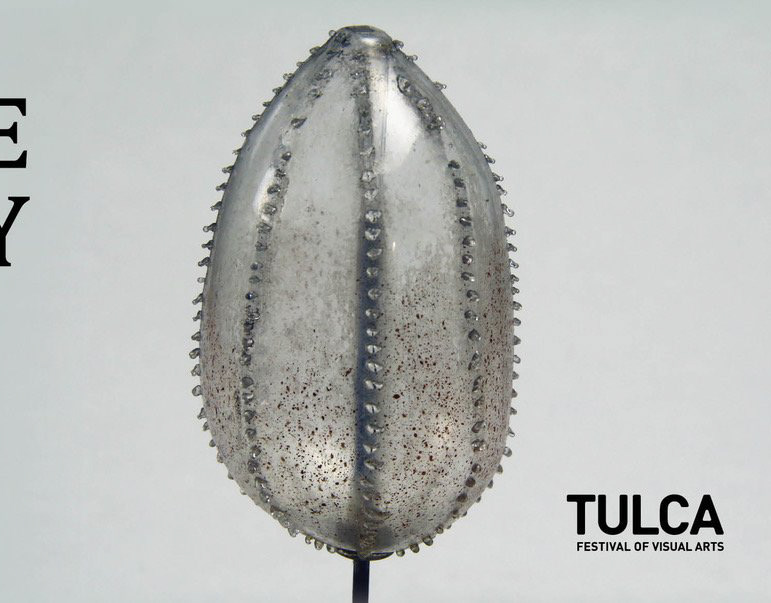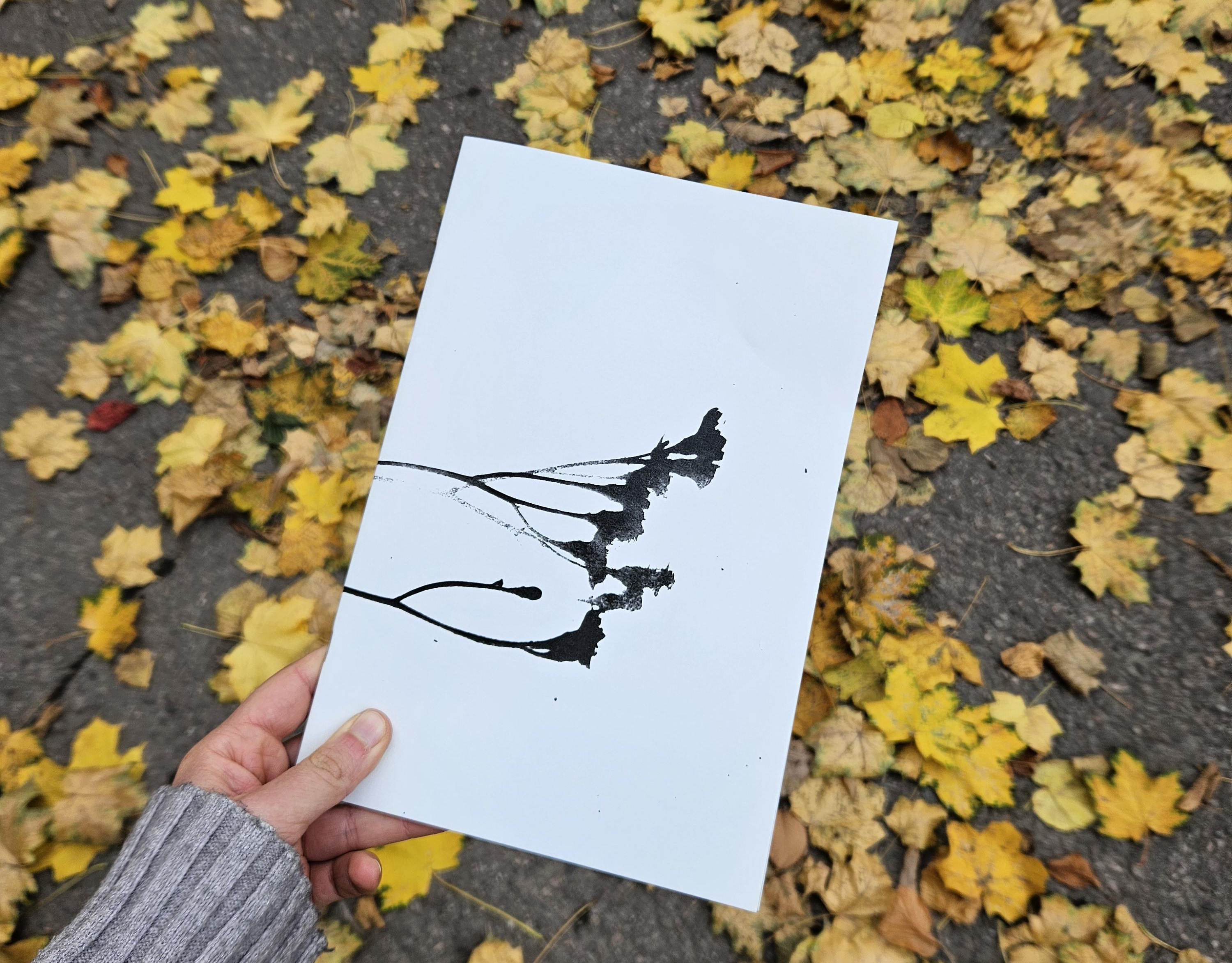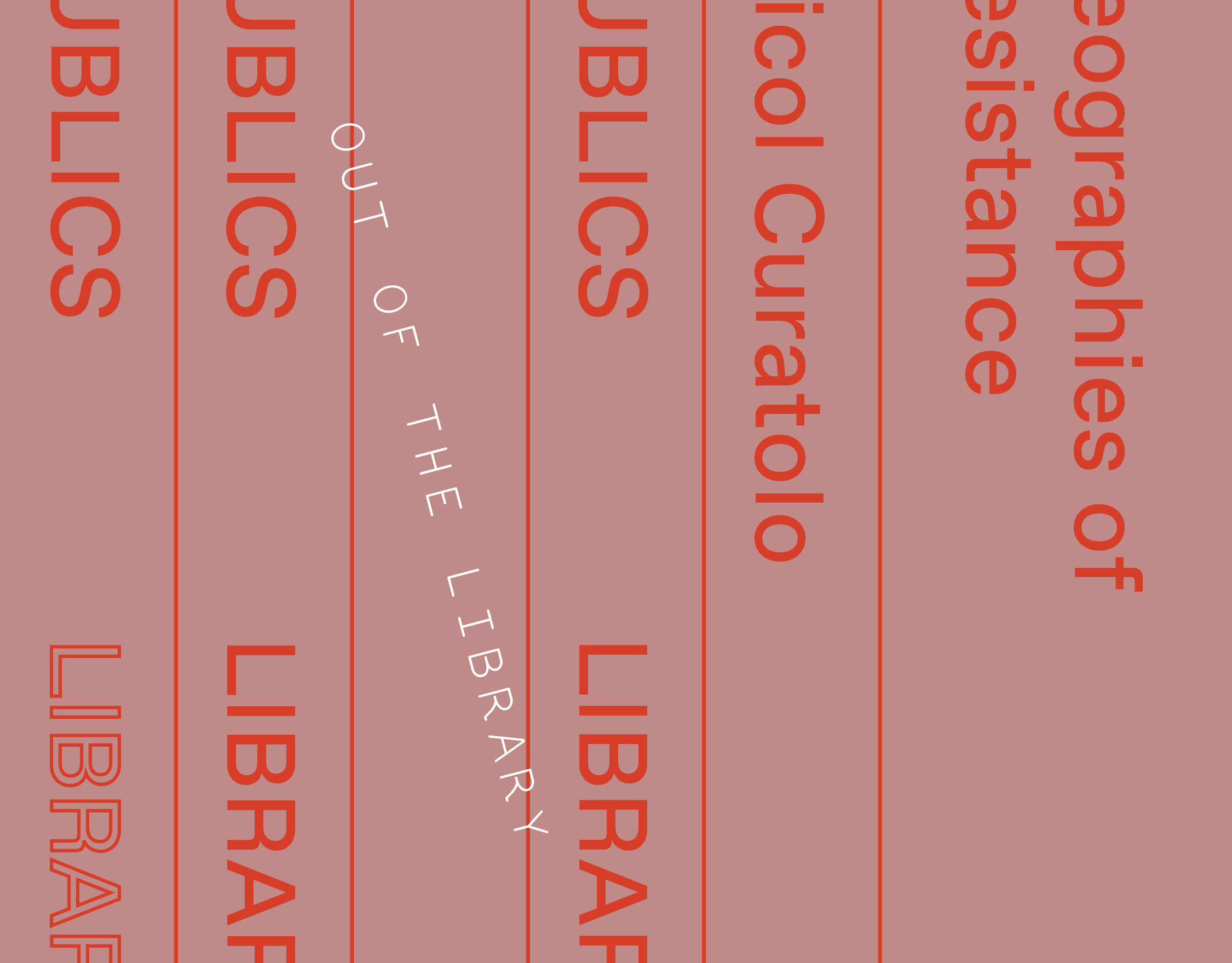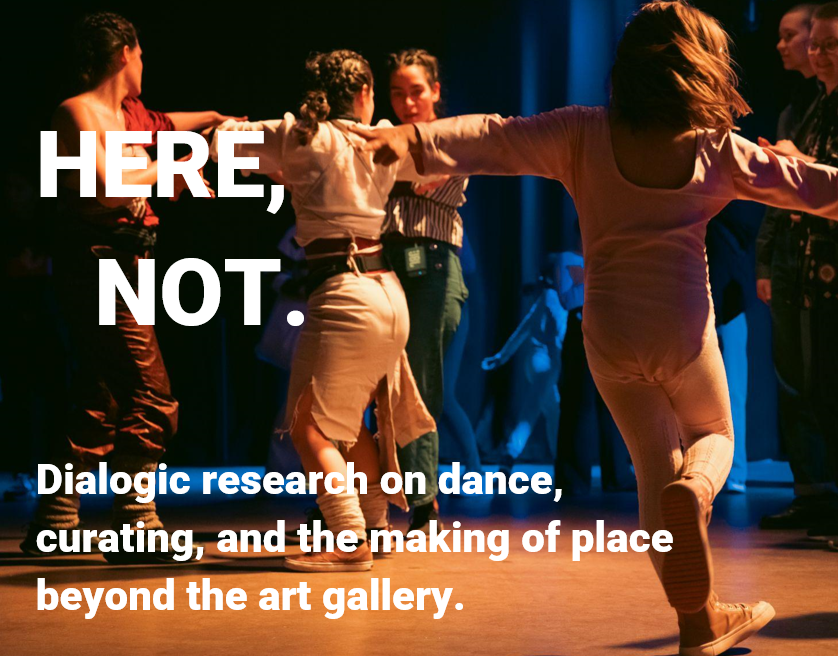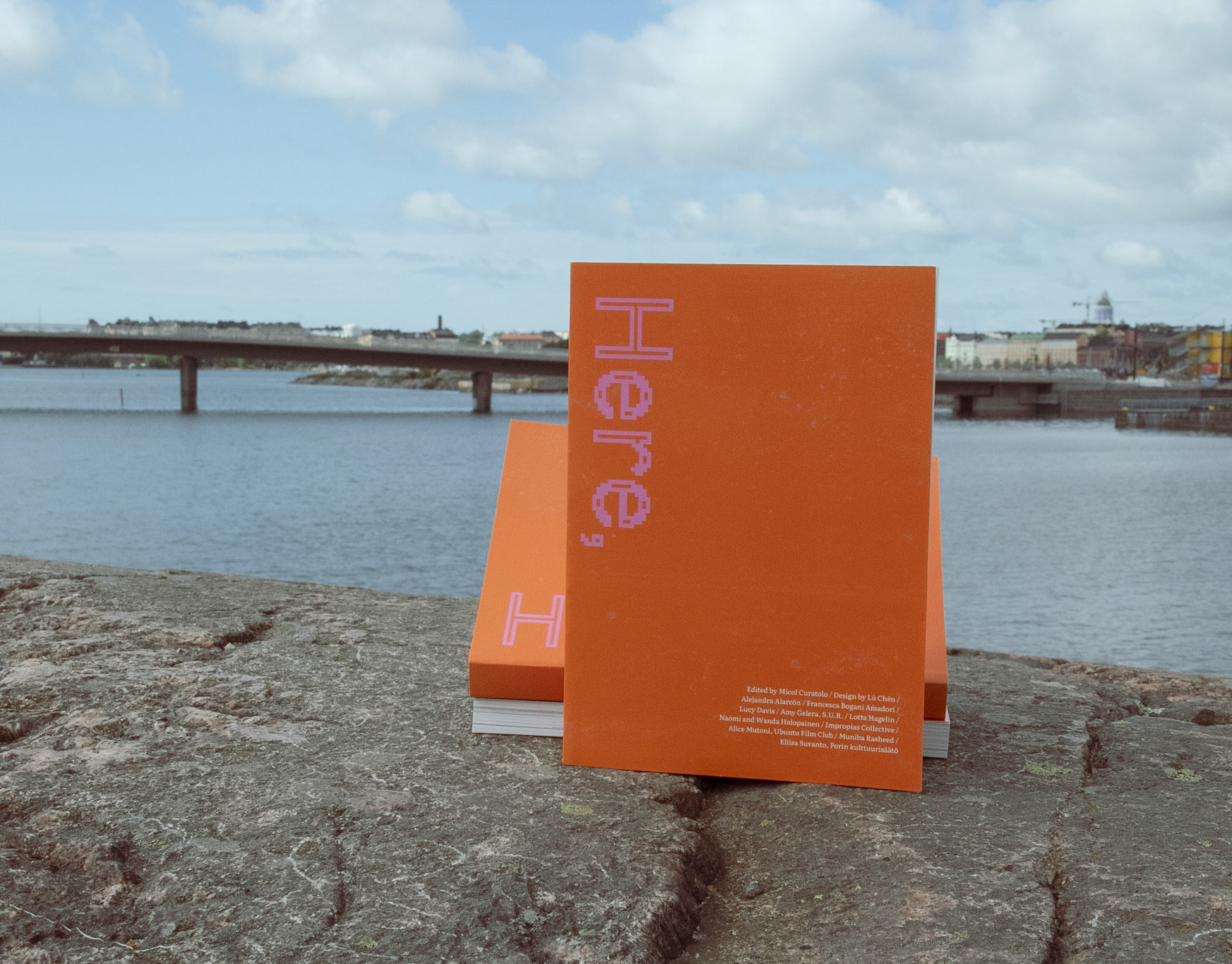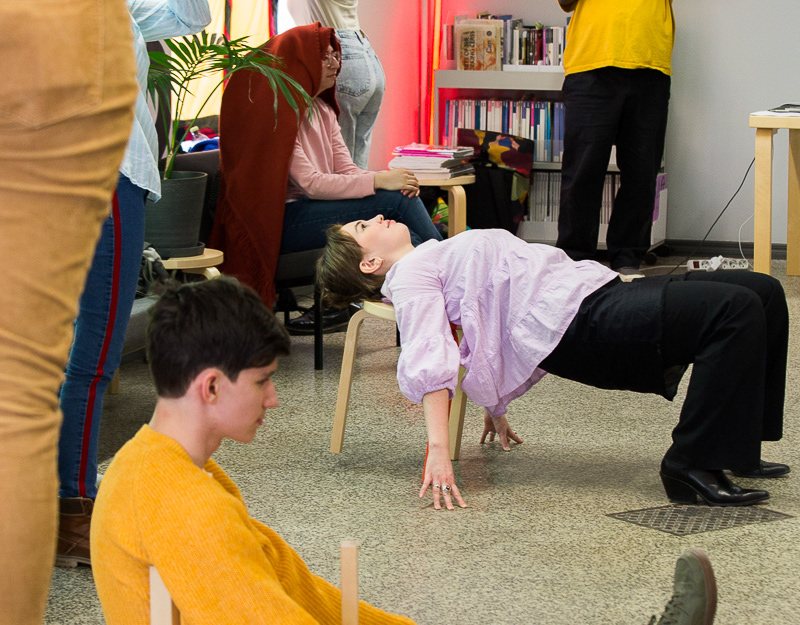The Inverse Optics Problem, from: E. Kandel, Columbia University Press, 2016.
The article "Enjoying art: what goes on in our brain?" explains the neural processes related to vision which are linked to the interpretation of artistic images. Inspired by the Visual Thinking Strategies model, the article aims to show that our engagement with art develops as our brain constantly learns to make sense of new images. This process is profoundly tied to emotions and social expectations, too. The target audience for the publication were 15 - 20 y.o.
"In 2017 the Faculty of Psychology of the University of Vienna proposed a theory that acknowledges at least seven main stages of the viewer’s experience. It comprises both bottom-up artwork-derived and top-down viewer-centred elements. Astonishing as it may seem, the whole process lasts nothing more than 27 seconds!
The first of those phases recognises the psychological state prior to the engagement with art. The Inferior Temporal Cortex, where the main visual processing elements reside, is interconnected with the Hippocampus and the Amygdala, where explicit long-term memory (events, people, places, etc.) and emotions are stored respectively. Thus, it is our memory of prior experiences and of the ‘Ideal Self Image’ (the body of expectations and ambitions that form our identity) that influence our willingness, hesitation or scepticism in approaching art."
The article was published as part of CoperNick. CoperNick was a group of Italian students who wanted to guarantee access to scientific information to young people. I covered the role of PR manager of CoperNick for three years. I represented the team to cooperative bodies such as the magazines Tks Publisher, photographers, and public institutions. We worked on a horizontal leadership model, where cooperation and personal enterprise were core to our activity.
